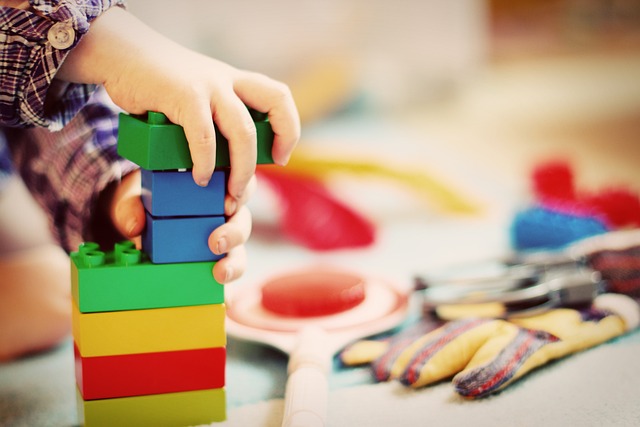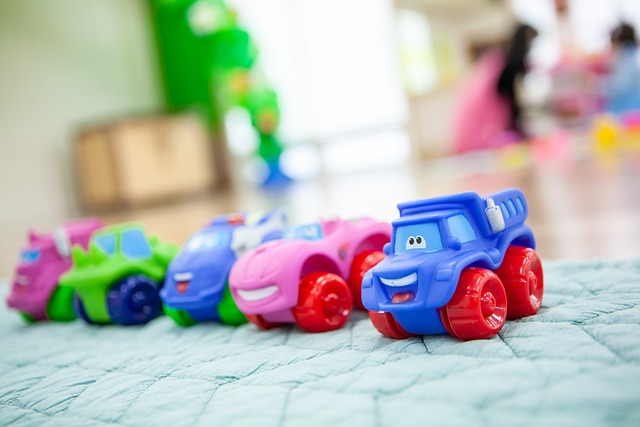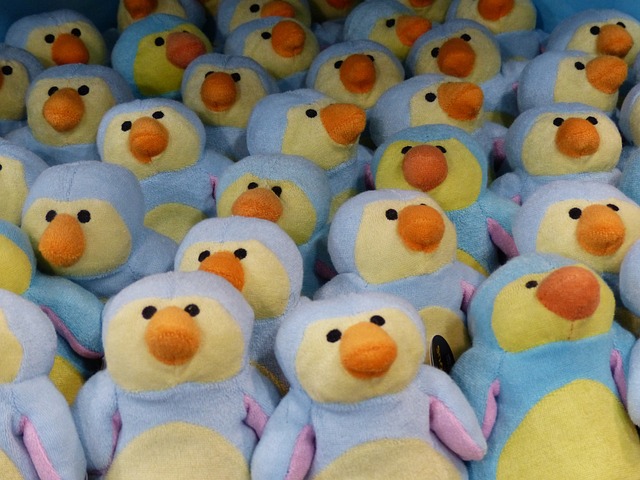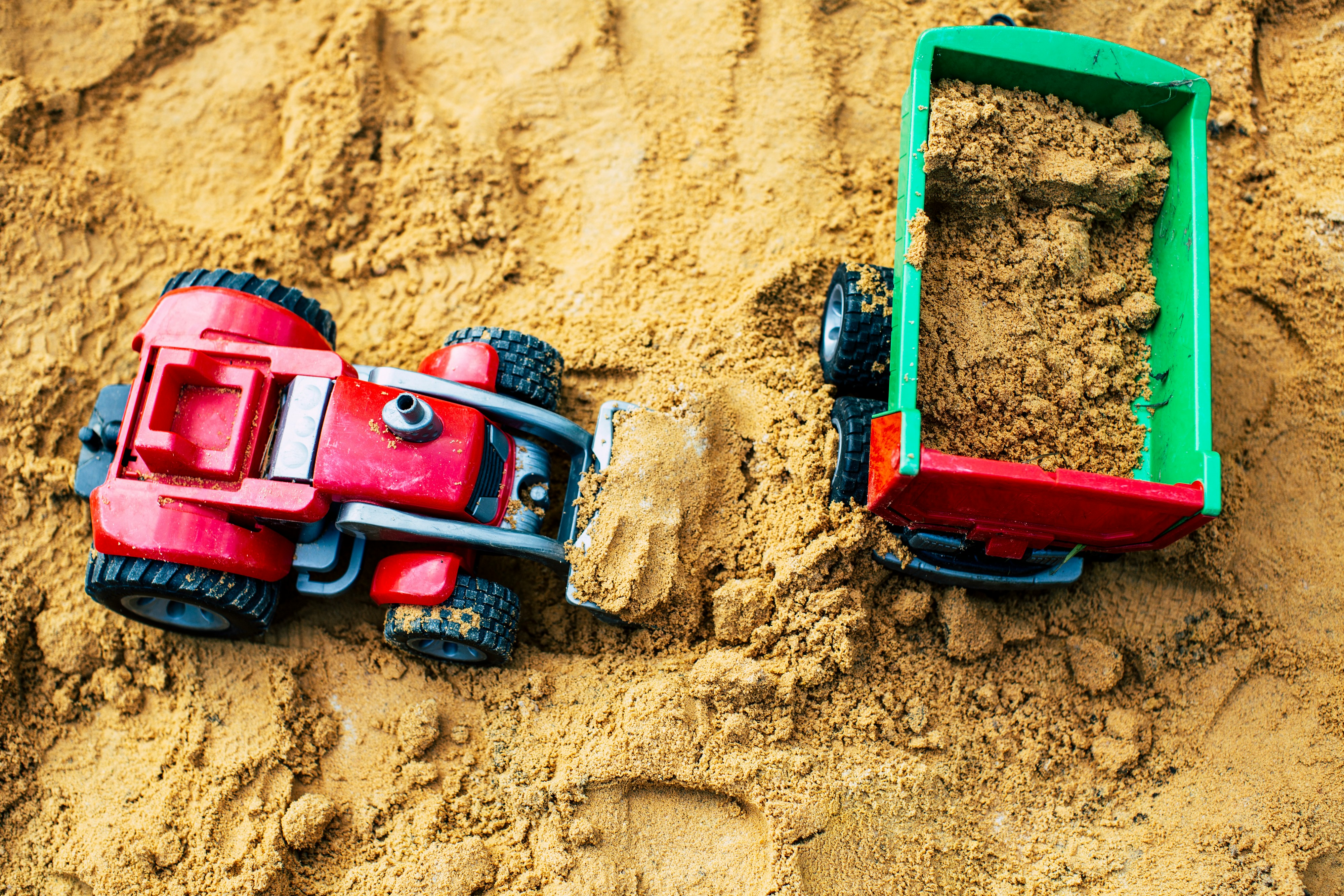The journey of a toy from a simple idea to a finished product in a retail store involves much more than meets the eye. Behind every toy lies a comprehensive manufacturing process involving research, safety standards, engineering, production, and logistics. For businesses in the toy industry—especially wholesalers and retailers—comprehending this process is essential for stocking high-quality products that meet customer expectations and regulatory requirements.
In this article, we explore the complete toy manufacturing pipeline, offering a fresh perspective on how toys are conceived, developed, produced, and delivered. Whether you’re involved in toy retail, wholesale supply, or product sourcing, this overview will give you valuable insights into what makes a toy market-ready.
It all begins with an idea. That idea might originate from consumer trends, classic toys being modernized, or entirely new concepts inspired by educational needs or pop culture. Once a promising concept is on the table, design teams take over. Industrial designers and engineers work collaboratively to translate this concept into physical form. Through sketches, digital renderings, and 3D modeling, the toy begins to take shape. Market studies are often conducted in parallel to ensure the toy's design appeals to its intended audience, whether that's toddlers, school-aged children, or even adult collectors.

Creating a physical prototype is one of the first major steps in development. This model serves as a test version to assess shape, safety, functionality, and overall appeal. Designers use materials that closely resemble those in the final version, so it can be tested for durability and practicality. This prototyping stage allows for adjustments before the toy enters full-scale production, minimizing potential risks down the line.
Choosing materials is another essential stage in toy manufacturing. Manufacturers must strike a balance between cost-efficiency, durability, safety, and sustainability. Plastics remain a dominant material due to their versatility, but fabric, wood, metal, and electronic components are also widely used. For toys intended for younger children, manufacturers must strictly follow national and international safety standards. Toxic-free, lead-free, and fire-resistant materials are essential, especially for products distributed in markets with strict consumer protection laws like those in the U.S. or EU.
In recent years, there has been an increased shift toward environmentally friendly manufacturing. More companies now choose biodegradable plastics and recycled materials to align with the global movement toward sustainability. For buyers and retailers looking to appeal to eco-conscious consumers, understanding whether a toy is made using green materials can be a key differentiator.
Once the materials are determined, the toy goes through extensive testing. Safety always comes first. The toy is subjected to rigorous safety evaluations, including drop tests, compression tests, bite tests for toddler products, and assessments for potential choking hazards. Toys that include electronic or mechanical functions are also tested to ensure they perform reliably. These tests check motors, lights, sound chips, and battery operation.

The aim is to guarantee that the toy won't just function properly when taken out of the box but will also stand the test of time. Retailers and wholesalers who work closely with compliant manufacturers are more likely to avoid product recalls and negative feedback from customers.
After a toy successfully passes all design and testing stages, it enters the phase of mass production. This step involves building molds and assembling production tools designed to replicate the toy in large quantities. For plastic toys, injection molding is often used. In this method, molten plastic is poured into precision molds to form the body and parts of the toy. Molds are typically made from steel or aluminum to endure repeated use.
Assembly processes can vary. Simple toys might be pieced together by machines, while complex or delicate toys might require manual assembly by skilled workers. For example, electronic toys with wiring and circuit boards often need careful hand-assembly to ensure each unit functions properly. During this time, quality checks are embedded into the process to catch any defects early.
While the toy may now exist in its final form, the packaging stage plays a crucial role in the final product presentation. Good packaging does more than just protect the toy during shipping. It communicates the toy’s purpose, features, age group suitability, and safety warnings. Packaging design is also a major factor in attracting customers at the point of sale. Whether it’s a window box that shows off the toy or vibrant graphics that spark a child’s curiosity, the packaging is a powerful tool in influencing purchase decisions.

In today’s market, more brands are taking an eco-conscious approach by minimizing plastic packaging, using soy-based inks, and opting for recyclable boxes. These sustainable choices resonate strongly with environmentally-minded buyers and retailers looking to promote green practices.
Even after the toys are packaged and ready to leave the factory, the job isn’t done. Distribution logistics are another critical part of the process. Finished toys are usually packed into large shipping containers and transported globally, either by sea, air, or land. Managing delivery times is vital, especially for seasonal toy sales or during high-demand periods like Christmas or back-to-school seasons.
Retailers and wholesalers must factor in shipping times, customs clearance, and inventory management. A well-coordinated supply chain ensures that the right toys arrive at the right place, on time, and in the right quantity. Companies that can forecast demand and manage stock efficiently are more likely to stay competitive.
Of course, quality assurance continues even after toys hit distribution. Leading manufacturers maintain strict quality control standards throughout the production and logistics process. Inspections at different checkpoints help eliminate defective units and copyright brand reputation. These inspections cover everything from visual flaws and mechanical issues to packaging accuracy and barcode scanning.

For toy retailers and wholesalers, choosing suppliers that prioritize stringent quality control reduces the risk of customer complaints, product returns, and reputational damage. It also gives confidence that every toy sourced will meet both legal standards and customer expectations.
Understanding the full toy manufacturing cycle isn’t just useful—it’s essential for anyone serious about succeeding in the toy business. From ideation to production, and from packaging to shipping, every step matters. Being informed allows businesses to better assess supplier capabilities, identify high-performing products, and meet regulatory requirements efficiently.
At Zhorya, we specialize in offering a diverse selection of innovative and quality-tested toys for B2B clients. We understand the complexities of toy production and the importance of delivering products that are not only fun but also safe and reliable. With a keen focus on safety, sustainability, and design innovation, we support retailers and wholesalers worldwide in accessing toys that customers love.
If you're in the toy business and want a reliable manufacturing and wholesale partner who understands what it takes to bring top-tier toys to market, look no further. Get in touch with Zhorya today to explore our wide selection and start building a profitable partnership.